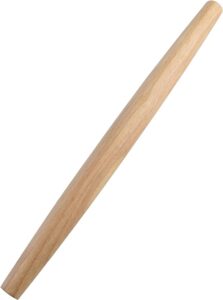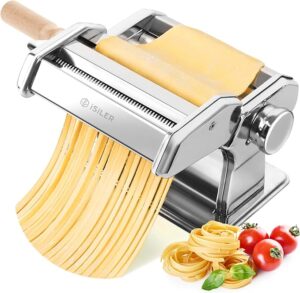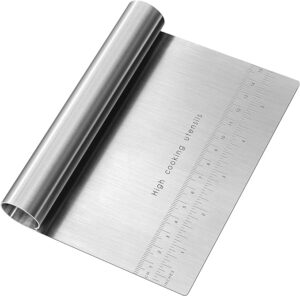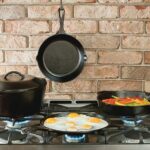10 Essential Tools for Perfect Homemade Pasta: Up Your Pasta Game with These Expert Tips
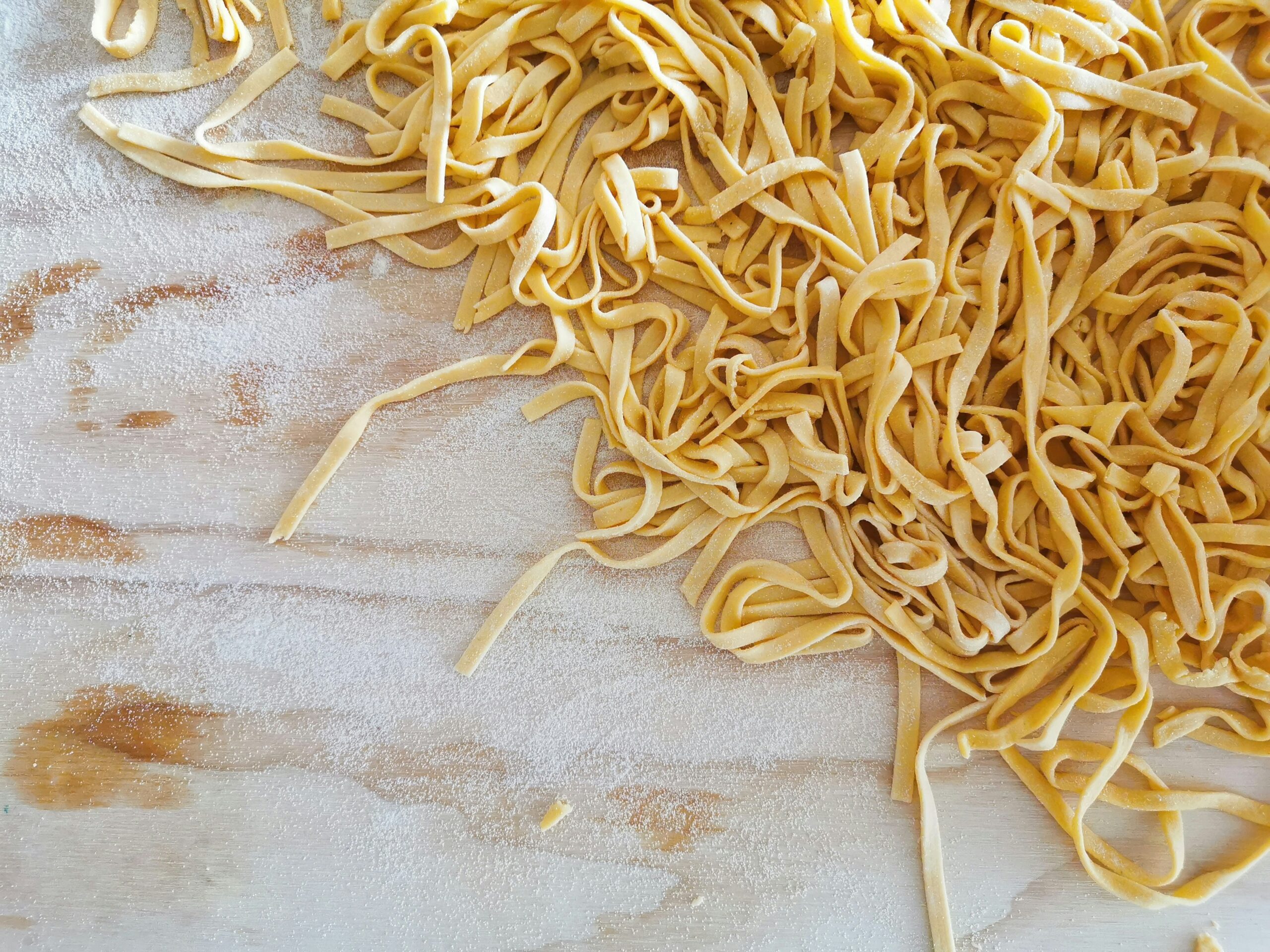
Have you ever tasted pasta so fresh it practically melts in your mouth? Imagine the satisfaction of creating that heavenly texture and flavor right in your own kitchen. Making homemade pasta might sound intimidating, but it’s simpler than you think and incredibly rewarding. It’s not just about the end product; it’s about the journey—kneading the dough, rolling it out, and shaping it to perfection. Plus, it’s a fantastic way to impress your friends and family. Let’s transform simple ingredients into extraordinary dishes together!
Table of Contents
Why Go Homemade?
You might be wondering why you should bother making your own pasta when store-bought options are so convenient. Here are a few reasons:
- Flavor and Texture: Homemade pasta is tender, silky, and absorbs sauces better.
- Customization: You can experiment with different flours, shapes, and flavors.
- Satisfaction: There’s something incredibly rewarding about creating pasta from scratch.
Tools You’ll Need for Homemade Pasta
Before we dive into the actual pasta-making process, let’s talk about the essential tools you’ll need to get started. Don’t worry—you don’t need a fully equipped chef’s kitchen to make delicious homemade pasta. Here are some basics:
1. Mixing Bowl
A good-sized mixing bowl is essential for combining your pasta ingredients. It should be large enough to comfortably mix flour and eggs without spilling over.
2. Fork or Whisk
You’ll need a fork or whisk to initially beat the eggs and start incorporating the flour. It helps in getting a smooth mixture before you start kneading by hand.
3. Rolling Pin
While a pasta machine can make the process easier, a simple rolling pin works just fine for rolling out your dough. Look for one that’s sturdy and easy to handle.
Get the Perfect Rolling Pin Now
4. Pasta Machine (Optional)
If you plan on making pasta frequently, a pasta machine is a great investment. It helps in rolling out the dough to an even thickness and has attachments for cutting different types of pasta.
Get the Perfect Pasta Machine Now
5. Dough Cutter or Knife
You’ll need something to cut your rolled-out dough into strips or shapes. A dough cutter or a sharp kitchen knife works perfectly.
Get the Perfect Dough Pastry Scraper/Cutter Now
6. Clean Countertop or Large Cutting Board
A large, clean surface is essential for kneading and rolling out your dough. Make sure it’s well-floured to prevent sticking.
7. Kitchen Towel or Plastic Wrap
To keep your dough from drying out while it rests, you’ll need a kitchen towel or some plastic wrap.
8. Drying Rack (Optional)
If you’re making long pasta like spaghetti or fettuccine, a drying rack helps to keep your pasta from sticking together as it dries. You can also use a clean coat hanger in a pinch.
9. Large Pot
For cooking your pasta, a large pot with plenty of water is key. Make sure it’s big enough to allow the pasta to move around freely.
10. Slotted Spoon or Pasta Fork
These tools are handy for stirring the pasta while it cooks and for fishing it out of the water once it’s done.
Getting Started: The Basics
To make pasta at home, you’ll need just a few basic ingredients:
- Flour: All-purpose or ’00’ flour works best.
- Eggs: They add richness and color.
- Salt: A pinch for flavor.
- Olive Oil (optional): Adds elasticity and flavor.
Step-by-Step Guide to Making Pasta Dough
- Measure Ingredients: Use about 1 cup of flour for every 2 large eggs.
- Mix and Knead: Make a well in the flour, crack the eggs into it, and start mixing. Once combined, knead the dough for about 10 minutes until smooth and elastic.
- Rest the Dough: Wrap the dough in plastic wrap and let it rest for at least 30 minutes. This relaxes the gluten and makes rolling easier.
Rolling Out the Dough
You can use a rolling pin or a pasta machine. If you’re using a rolling pin:
- Divide the Dough: Cut the dough into smaller sections to make it easier to handle.
- Roll Thin: Roll out each piece on a lightly floured surface until it’s very thin. You should almost be able to see through it.
- Cut Shapes: Cut the rolled dough into your desired pasta shape, whether it’s fettuccine, tagliatelle, or pappardelle.
Cooking Your Pasta
Fresh pasta cooks much faster than dried pasta. Here’s how to do it:
- Boil Water: Bring a large pot of salted water to a boil.
- Cook Quickly: Drop in the pasta and cook for just 2-3 minutes. Fresh pasta cooks rapidly, so keep an eye on it.
- Drain and Serve: Drain the pasta, but don’t rinse it. Toss it directly with your sauce and serve immediately.
Tips for Perfect Homemade Pasta
- Consistency is Key: The dough should be smooth and not sticky. If it’s too dry, add a bit of water. If too wet, add a little more flour.
- Resting is Crucial: Don’t skip the resting period. It makes rolling and cutting much easier.
- Use Semolina for Dusting: It prevents sticking without making the pasta too floury.
- Experiment with Flavors: Try adding herbs or spices to your dough for an extra flavor kick.
Sauces to Pair with Your Pasta
The beauty of homemade pasta is that it pairs perfectly with a variety of sauces. Here are a few classics:
- Marinara: Simple tomato sauce with garlic and basil.
- Alfredo: Rich and creamy with Parmesan and butter.
- Pesto: Fresh basil, garlic, pine nuts, and Parmesan blended with olive oil.
- Carbonara: Eggs, cheese, pancetta, and pepper create a creamy delight.
Storing Homemade Pasta
If you make a big batch, you can store it for later:
- Refrigerate: Fresh pasta can be stored in the fridge for up to 2 days.
- Freeze: Lay out the pasta on a baking sheet to freeze, then transfer it to a freezer bag. It can be frozen for up to 2 months.
Conclusion: Enjoy the Process
Making homemade pasta is more than just cooking; it’s an experience. It’s a chance to slow down, connect with your food, and enjoy the art of creating something delicious from scratch. So, next time you’re in the mood for pasta, skip the store-bought stuff and give homemade a try.
Read More:
A Showdown Between Steel and Teflon Pans – Pros, Cons, and Top Picks to Buy in 2023
All you need to know about Blue Diamond cooking set
Flawless Flipping: The Fantastic 4 – Best Non-Stick Frying Pans Under $20

